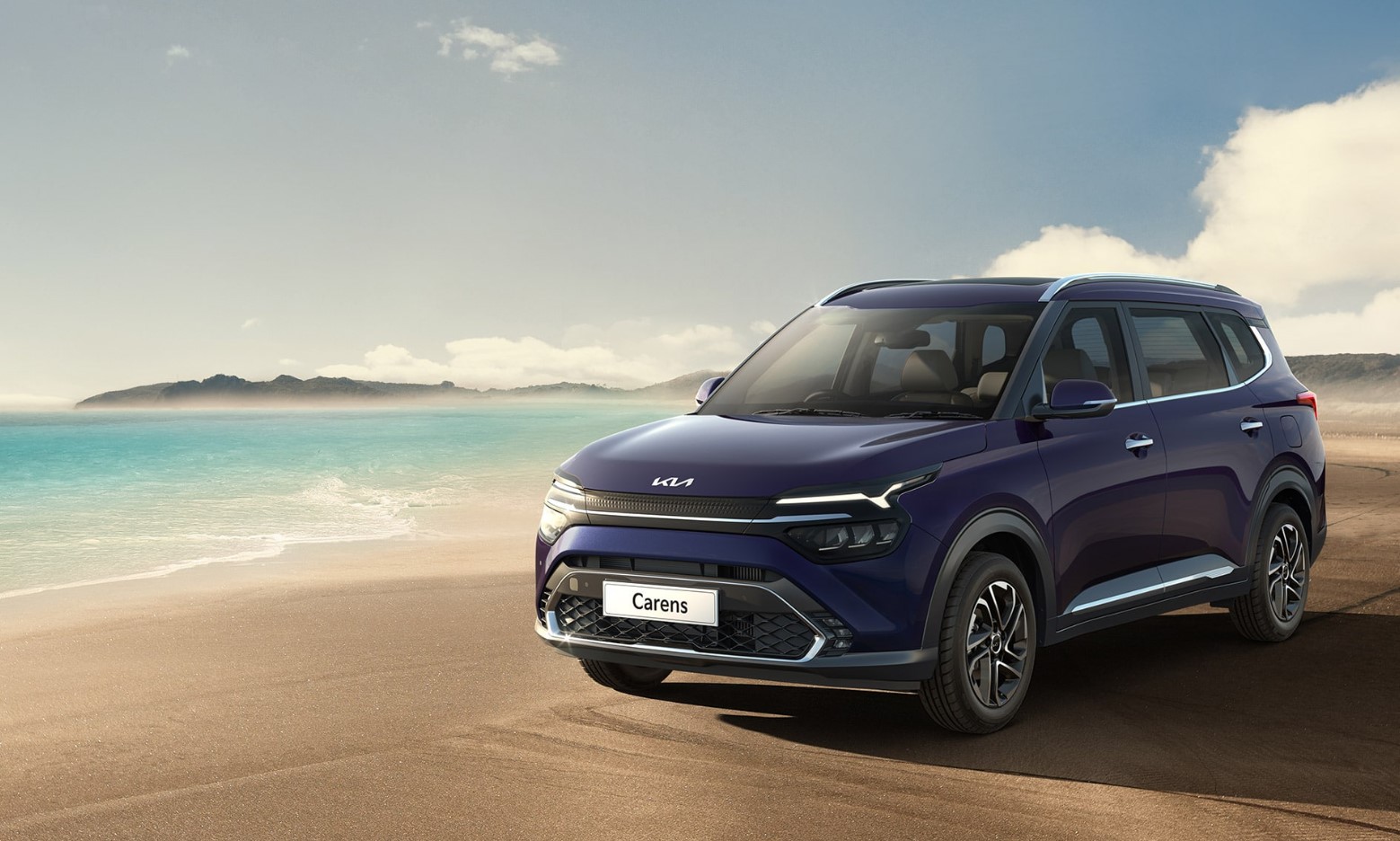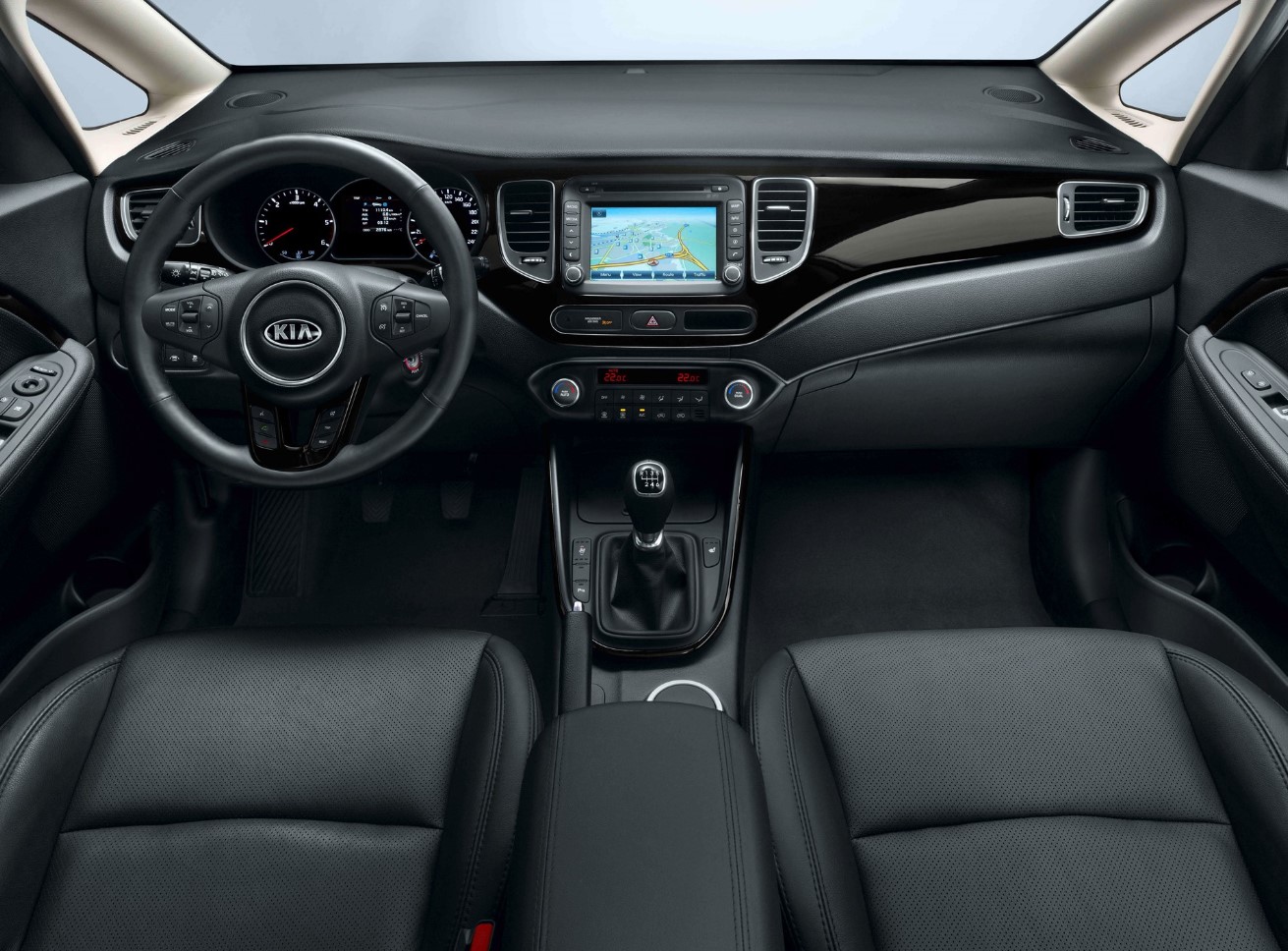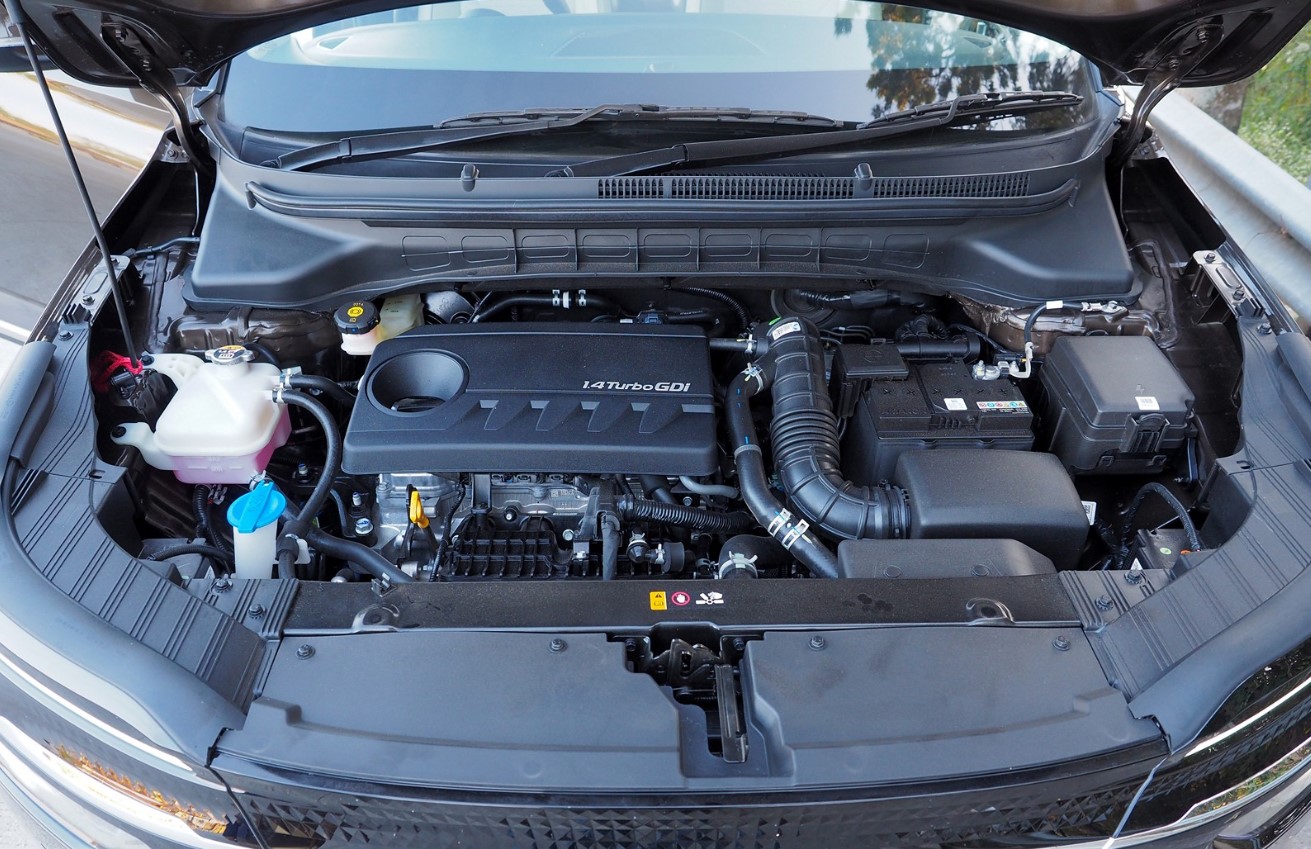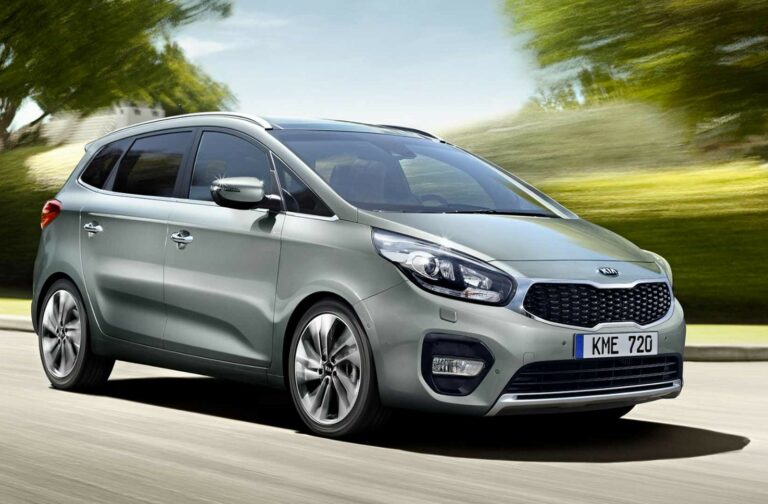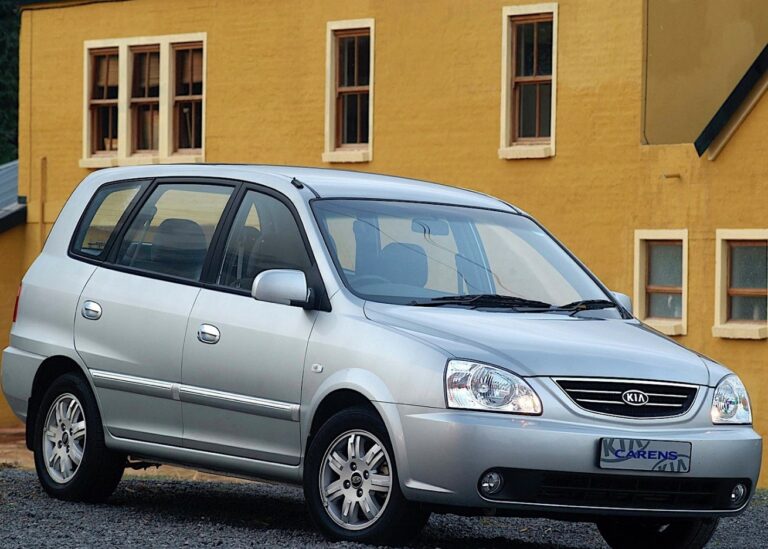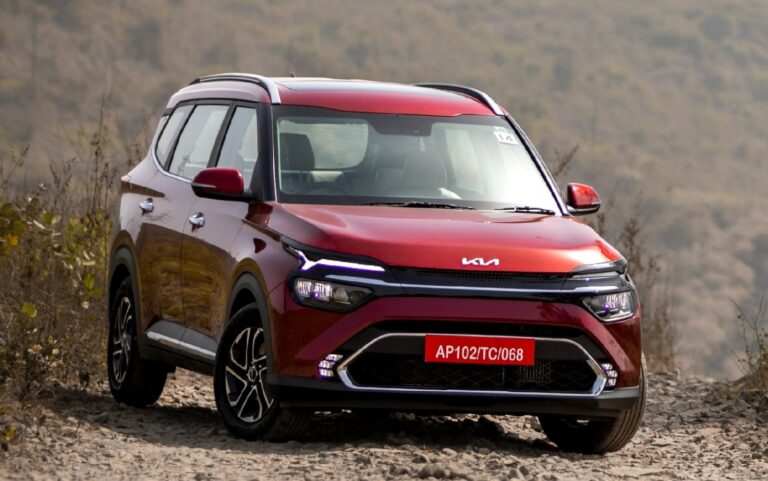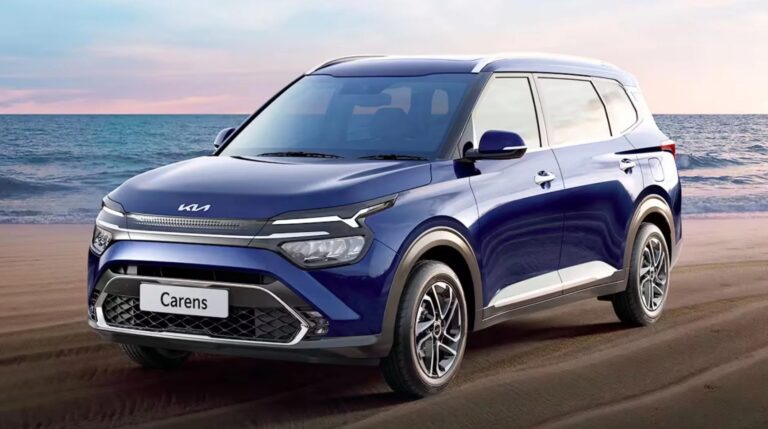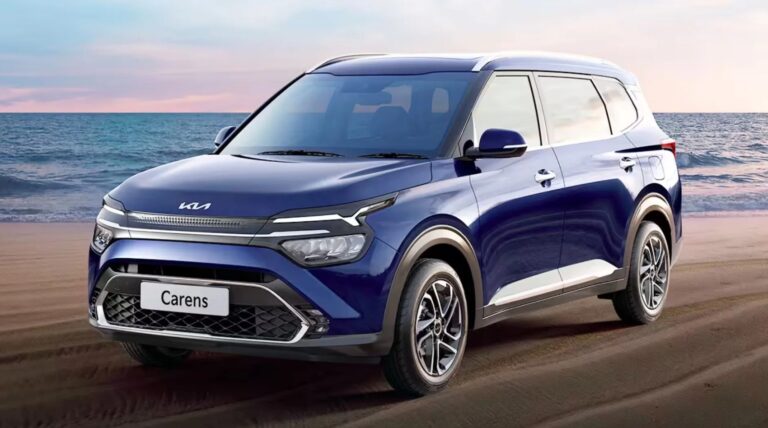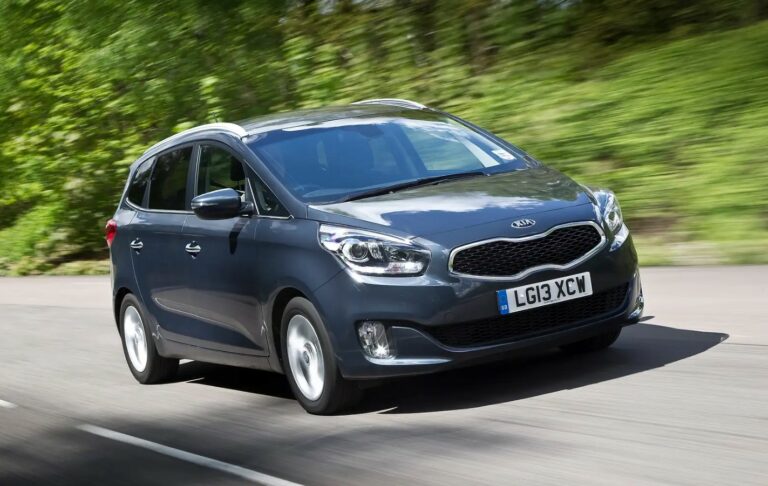Kia 2026 Carens Review, Specs, Changes
Kia 2026 Carens Review, Specs, Changes – The Kia 2026 Carens is set to receive a striking redesign, modernizing its family-friendly appeal while embracing a fresh and bold design philosophy. Kia’s focus on enhancing versatility and comfort is evident in its updated features, sleeker styling, and advanced technology integrations. This next-generation Carens aims to combine practicality with an upscale look, making it a strong contender in the MPV segment.
Kia 2026 Carens Redesign and Update Plan
Exterior & Interior
Inside, the 2026 Kia Carens delivers a spacious and premium cabin with a focus on modern design and comfort. Kia has used high-quality materials, such as soft-touch plastics, leather upholstery, and metallic trims, to elevate the interior ambiance. The three-row seating layout offers ample space for up to seven passengers, with sliding second-row seats and improved third-row accessibility for added convenience.
The dashboard features a large 10.25-inch touchscreen infotainment system with the latest Kia Connect features, offering wireless Apple CarPlay and Android Auto integration. A fully digital instrument cluster replaces the traditional dials, providing real-time driving information with crisp graphics. Additional premium touches, such as a panoramic sunroof, ambient lighting, and ventilated front seats, create an upscale experience for passengers. Multiple USB ports, wireless charging, and rear AC vents further enhance passenger comfort on long journeys.
The exterior of the 2026 Kia Carens receives a significant update, showcasing a sportier and more refined appearance. The front fascia features Kia’s signature “tiger-nose grille”, now wider and more defined, flanked by sleeker LED headlamps with integrated DRLs. The sculpted hood and dynamic bumper design add a touch of aggressiveness, giving the Carens a commanding presence on the road.
From the side, the Carens incorporates bold body lines, a higher shoulder profile, and updated alloy wheels ranging from 16 to 18 inches. The extended wheelbase improves cabin space while enhancing stability during long drives. The rear design is equally impressive, featuring LED tail lamps, a roof spoiler, and an updated bumper. The aerodynamic tweaks not only enhance the vehicle’s style but also contribute to improved fuel efficiency and reduced drag.
The redesign includes improvements in aerodynamics, technology, and user-centric features, ensuring a seamless driving experience. With sharper aesthetics, a roomier cabin, and updated powertrains, the 2026 Carens will cater to evolving market demands. Kia’s attention to detail ensures it meets modern standards of style, performance, and efficiency, making it the ideal vehicle for families and urban drivers.
Kia 2026 Carens Specs
Engine & Performance
The 2026 Kia Carens will offer a range of powertrain options designed to balance performance with efficiency. The base engine is expected to be a 1.5-liter naturally aspirated petrol engine, delivering around 115 horsepower and 144 Nm of torque, paired with a 6-speed manual or CVT gearbox for smooth performance.
For those seeking more power, Kia will offer a 1.5-liter turbocharged petrol engine, producing approximately 160 horsepower and 253 Nm of torque. This variant is paired with a 7-speed dual-clutch transmission (DCT), offering brisk acceleration and refined highway cruising. A 1.5-liter CRDi diesel engine is also expected, delivering about 116 horsepower with impressive torque figures, ideal for long-distance travel and fuel-conscious buyers.
Kia is also rumored to introduce a hybrid powertrain for improved efficiency, combining a petrol engine with an electric motor to deliver excellent mileage and reduced emissions. Improved suspension tuning, responsive steering, and Kia’s front-wheel-drive system ensure a smooth, controlled driving experience in urban and highway settings.
Kia 2026 Carens Fuel Economy
The 2026 Kia Carens is expected to offer excellent fuel economy across all powertrains. The base 1.5-liter petrol variant is projected to achieve approximately 16-18 km/l, making it a solid option for city driving. The turbocharged petrol engine delivers slightly lower mileage at 14-16 km/l but compensates with its strong performance. The diesel engine will shine in efficiency, offering an impressive 20-22 km/l, ideal for long-distance drivers. Hybrid variants, if introduced, could achieve even better mileage, reaching beyond 25 km/l.
Kia 2026 Carens Safety Features
Safety remains a priority in the 2026 Kia Carens, as Kia equips the MPV with its latest Kia Drive Wise suite of driver-assistance features. Standard offerings include automatic emergency braking, lane-keeping assist, blind-spot monitoring, and rear cross-traffic alert, ensuring drivers have an extra layer of protection during daily commutes and long trips.
Higher trims will feature adaptive cruise control, a 360-degree surround-view camera, and driver attention warning systems, providing enhanced visibility and control. Multiple airbags, ABS with EBD, hill-start assist, and electronic stability control come standard, offering comprehensive safety for all occupants. Kia’s robust body construction and updated crash safety ratings further cement the Carens’ position as a secure choice for families.
Kia 2026 Carens Release Date & Price
Pricing for the 2026 Kia Carens is expected to start at approximately $22,000 for the base variant, with mid-level trims ranging between $25,000 and $28,000. Fully loaded versions with advanced features and powertrain upgrades could reach up to $32,000. Kia plans to unveil the 2026 Carens in the second quarter of 2025, with the model expected to hit global markets by early 2026.
Conclusion
The Kia 2026 Carens sets a new benchmark in the MPV segment with its bold redesign, premium interior, versatile engine options, and advanced safety features. Kia’s focus on comfort, technology, and performance ensures the Carens remains a top choice for families seeking space and reliability. With its modern features, improved fuel economy, and competitive pricing, the 2026 Carens is well-prepared to meet the needs of today’s dynamic drivers.
